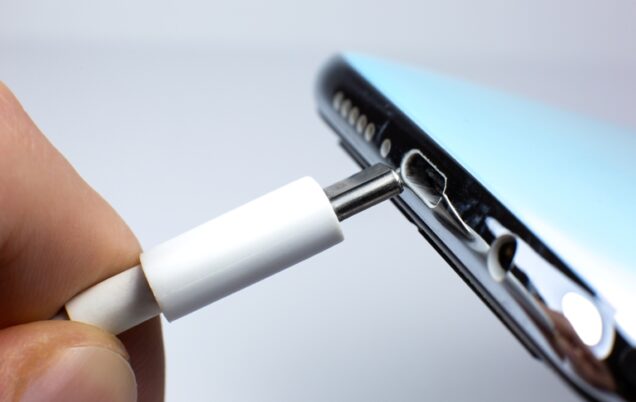
Future iPhones Will Support USB-C Port – All That You Need To Know
Table of Contents
In this article, we will discuss the advantages of the new USB-C port over Lightning and whether the future iPhones will have this port. Its faster speed is another advantage, as is its availability in 2023. Read on to find out whether or not Apple is switching over to USB-C.
Future iPhones Will Have USB-C Port
While Apple will keep the Lightning connector on this year’s models, the switch to the USB-C port is coming next year. Until then, you can still connect your iPhone to your computer with the Lightning connector. You may want to get an extra charger and use a USB-C cable in your iPhone.
As mentioned, USB-C is a common charging port for portable devices and is the new industry standard. It is smaller than the Lightning connector but offers the same data transfer capabilities. This allows you to use one USB-C charger for multiple devices, including docking stations, gaming laptops, and 4K monitors. As the EU continues to push for a standard charging port for devices, Apple may have to follow suit. But the next iPhone will probably still have a Lightning connector.
While the Lightning connector will remain in future iPhone models, Apple is also working on an adapter for the USB-C connector that will allow current iPhone owners to use their existing Lightning connector accessories. It’s unclear whether Apple will include the USB-C adapter in the retail box, but it’s likely to cost extra. So, it’s important to keep an eye out for any signs of the new USB-C iPhone.
It’s Faster Than Lightning
The two ports also provide different levels of power transfer. Lightning cables are limited to 12W of power, while USB-C supports up to 100W. However, Apple doesn’t disclose the exact specifications of each connection so third-party manufacturers can make compatible products. The Lightning connector will only work with some iPads and iPhones, while USB-C will support multiple devices. In general, the USB-C connection will offer a faster-charging speed.
Both lightning and USB-C ports have their pros and cons. USB-C is faster, thanks to supporting USB4 – the latest and fastest USB specification. Lightning cables transfer data at USB 2.0 rates, which are not enough for fast charging. Lightning cables don’t offer this option, so USB-C is the way to go. The new connector will be available in future iPhones, so you may want to buy a new cable.
USB-C was not yet ready for mass use when Lightning was introduced. When Apple launched Lightning, USB-C was two years away. Apple had to create slimmer iPhones fast, and using the existing USB technology wasn’t the answer. However, a switch to USB-C would benefit iPhone users by improving charging speed and data transfers. Also, there will be less visible damage to your iPhones after this feature upgrade.
Your Apple Will Have This Feature Coming 2023
Apple has been testing USB-C ports, and according to the report, future iPhones will feature the same type of port. However, it will take some time before the company finally implements the USB-C port in its devices. The company could even delay this change until 2023. Alternatively, it could even launch a USB-C-only version of the iPhone 15 in 2023. If that happens, future iPhones will use the new USB-C port and offer faster-charging speeds.
According to the report, Apple will abandon the Lightning port in its new iPhones. Its switch to USB-C could mean faster data transfer and charging speeds, but the details will depend on the iOS compatibility of the new port. However, the 2023 iPhone is not the first Apple device to feature USB-C. Its successor, the iPad Pro, already has a USB-C port. And it can offer significantly faster transfer speeds.
